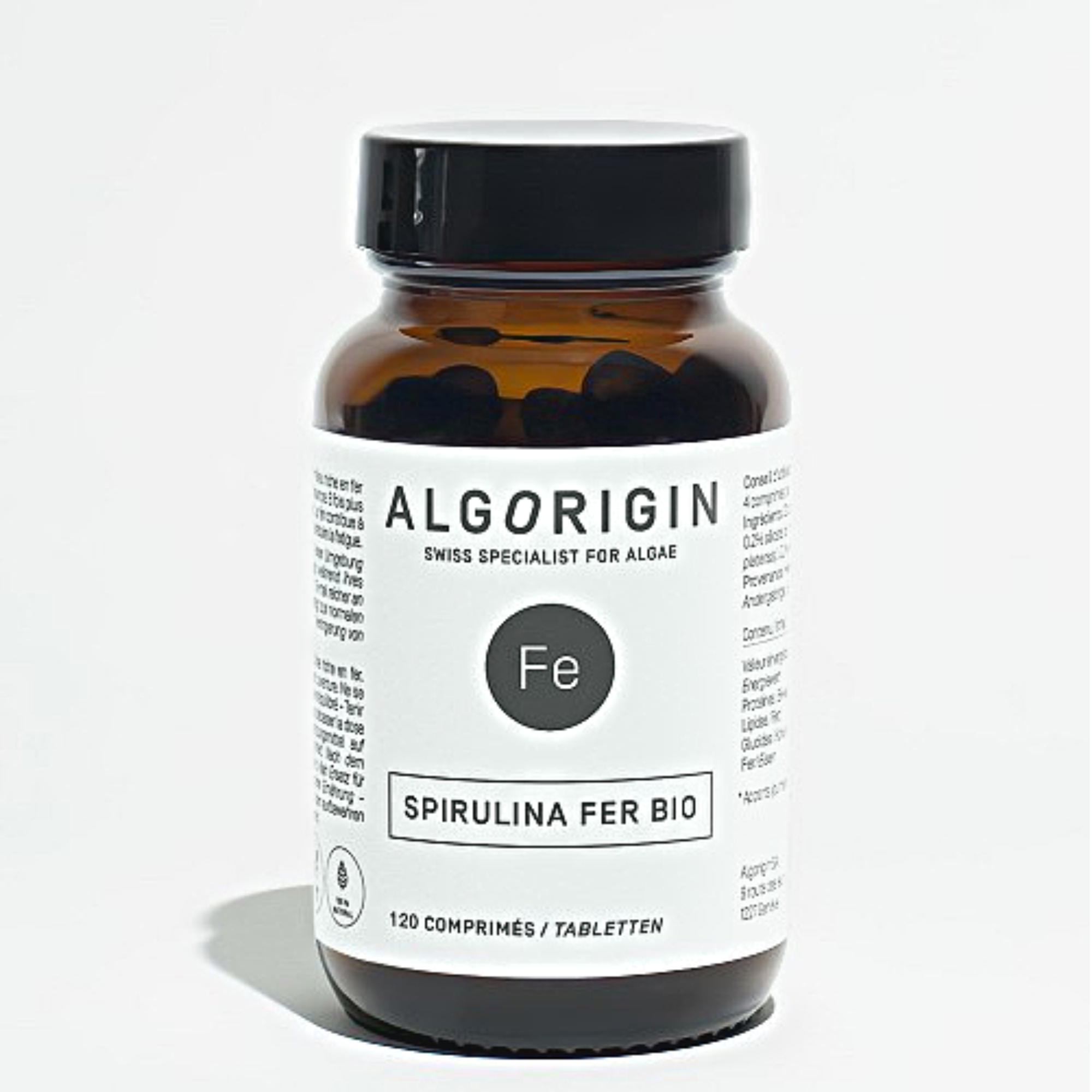When we talk about algae, we often think of the green carpet found on coastal beaches. But what is really going on with this little-known species? With the advancement of research techniques, the classification evolves and the word “algae” tends more and more to become a generic term.
TO UNDERSTAND, LET’S START WITH A LITTLE BIOLOGY!
All cells have two aspects in common: they are all limited by a membrane which encloses their cytoplasm (inner environment of the cell).
They are distributed among numerous kingdoms. The main ones that interest us here are:
- Plants
Plant cells can, from their environment (among other vitamins, minerals, gases, light), produce all the substances necessary for their survival. This capacity comes from the chloroplast, a compartment specific to these cells and the site of photosynthesis . Plant cells are also protected by a robust wall allowing them to survive variable climatic conditions (temperatures, humidity). They have a nucleus which contains their genetic information (DNA).
- Animals
Animal cells are dependent, in addition to the environment, on plant and even animal cells at the top of the food chain to recover the energy necessary for life. They must be fed in order to carry out their metabolism, their growth, their division. They also have a nucleus containing their DNA but have no wall.
- Bacteria
Bacterial cells, on the other hand, do not contain a nucleus , their DNA is free in the cytoplasm.
Read: Algae and the environment
ALGAE, A FAMILY A LITTLE APART
Algae are organisms generally found in wetlands , which are characterized by the absence of leaves, flowers, seeds and roots. They all have chlorophyll and generally use photosynthesis to live. This capacity therefore makes them plants but some are classified as bacteria .
This is the case for spirulina which is found on the border of the three great kingdoms. Indeed, just like a plant cell , it uses photosynthesis to ensure its survival, just like an animal cell , it is not protected by a robust wall and just like a bacteria , it does not contain a nucleus.
Read: Algae and their multiple uses
And this large family at the crossroads of kingdoms is divided into 11 groups, including 4 main ones:
- Cyanobacteria, historically called blue-green algae.
They do not contain a nucleus and are the cause of the enrichment of our atmosphere in O 2 . They are considered to be the origin of all forms of life currently known on Earth. This group is formed by 2 species, Aphanizomenon flos-aquae , Spirulina platensis , maxima and major , in other words, AFA-Klamath and Spirulina .
- Red algae
They bring together between 4000 and 6000 species established in a marine environment.
Porphyra umbilicalis , better known as Nori algae, is part of this group.
- Green algae
They are mainly green in color but Dunaliella salina , particularly rich in b-carotene, is an exception, pink in color.
- Brown algae
They are mainly found in the marine environment and are present in large quantities in cold regions of the world.
In this group, we find among others Ascophyllum nodosum , the Black Rockweed, Fucus vesiculosus often simply called Fucus and Laminaria digitata which is part of the Kelp family.
Depending on their color, algae, when they are marine, are present at different levels on the seabed. From the surface, green algae are encountered, then brown algae and finally red algae.
Read also: Micro algae for space travel
MICRO ALGAE, ALGAE?
It's simply a matter of size ...like between micrometers and meters!!!
Indeed, algae can be made up of a single cell ( Chlorella pyrenoidosa for example) or a cluster of thousands of cells ( Laminaria digitata among others). Their size thus varies from a few micrometers to several tens of meters.
Algae terminology is constantly evolving thanks to current research. The terms used today will perhaps no longer be used in a few years but the quality of their contributions remains unchanged and their nutritional richness makes them natural food supplements of choice whatever the sweet name that scientists want them to be. give.









